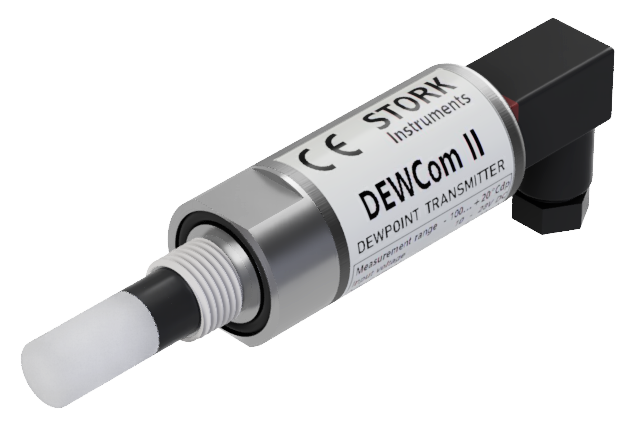
DEWCom II
General specification
Electrical parameters
Mechanical specification
DEWCom II: Precision and Versatile Performance
At the core of the DEWCom II is bi-ceramic detector made by STORK Instruments, ensuring superior accuracy and reliability. Bi-ceramic impedance dewpoint hygrometers assures users of the fastest response in measurement of the moisture content of gases in the parts per million range. Nano-technology ceramic layers have created a sensor which serves in a range of dewpoint transmitters and portable hygrometers. Its cutting-edge electronics design allows operation with any DC power source from 10 to 28 VDC.
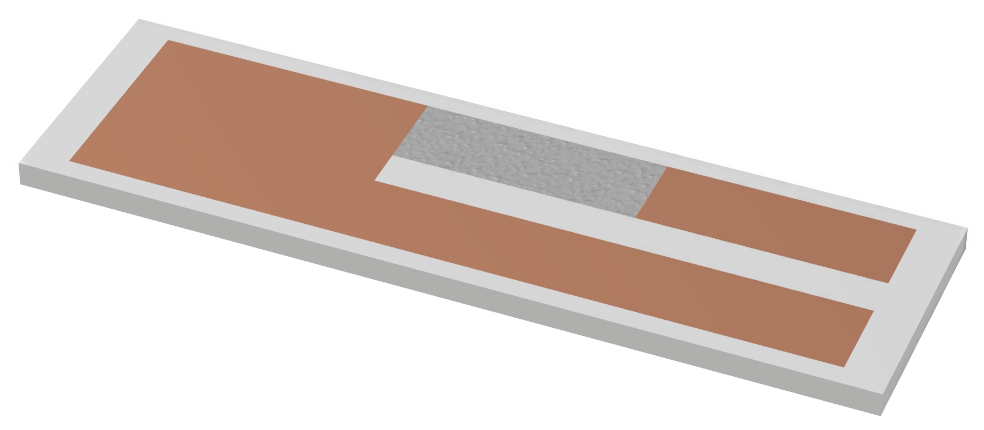
How is the STORK Bi-Ceramic sensor different from sensors made by our competitors?
For many years impedance humidity sensors have employed either aluminum oxide or polymers to create the active impedance layers. Polymers do not provide the necessary sensitivity to make them suitable for low level humidity measurements.
Sensors in which the response layer is made from aluminum oxide (sometimes called ceramic sensors), are made by anodizing aluminum. A thinner layer than this cannot be made using this process without reducing the thickness of the electrical barrier layer to a level which risks electrical short circuits during the sensor’s operation. The thick response layer is therefore a factor limiting performance in sensors produced by rival manufacturers. It means that response time, particularly in the low humidity regions is very long.
A second disadvantage of this type of sensor is that aluminum oxide undergoes a slow conversion process over time to aluminum hydroxide and this manifests itself as calibration drift, which means that this type of sensor requires re-calibration at frequent intervals.
For many years impedance humidity sensors have employed either aluminum oxide or polymers to create the active impedance layers. Polymers do not provide the necessary sensitivity to make them suitable for low level humidity measurements.
Sensors in which the response layer is made from aluminum oxide (sometimes called ceramic sensors), are made by anodizing aluminum. A thinner layer than this cannot be made using this process without reducing the thickness of the electrical barrier layer to a level which risks electrical short circuits during the sensor’s operation. The thick response layer is therefore a factor limiting performance in sensors produced by rival manufacturers. It means that response time, particularly in the low humidity regions is very long.
A second disadvantage of this type of sensor is that aluminum oxide undergoes a slow conversion process over time to aluminum hydroxide and this manifests itself as calibration drift, which means that this type of sensor requires re-calibration at frequent intervals.
Read more
How to Specify Your Order
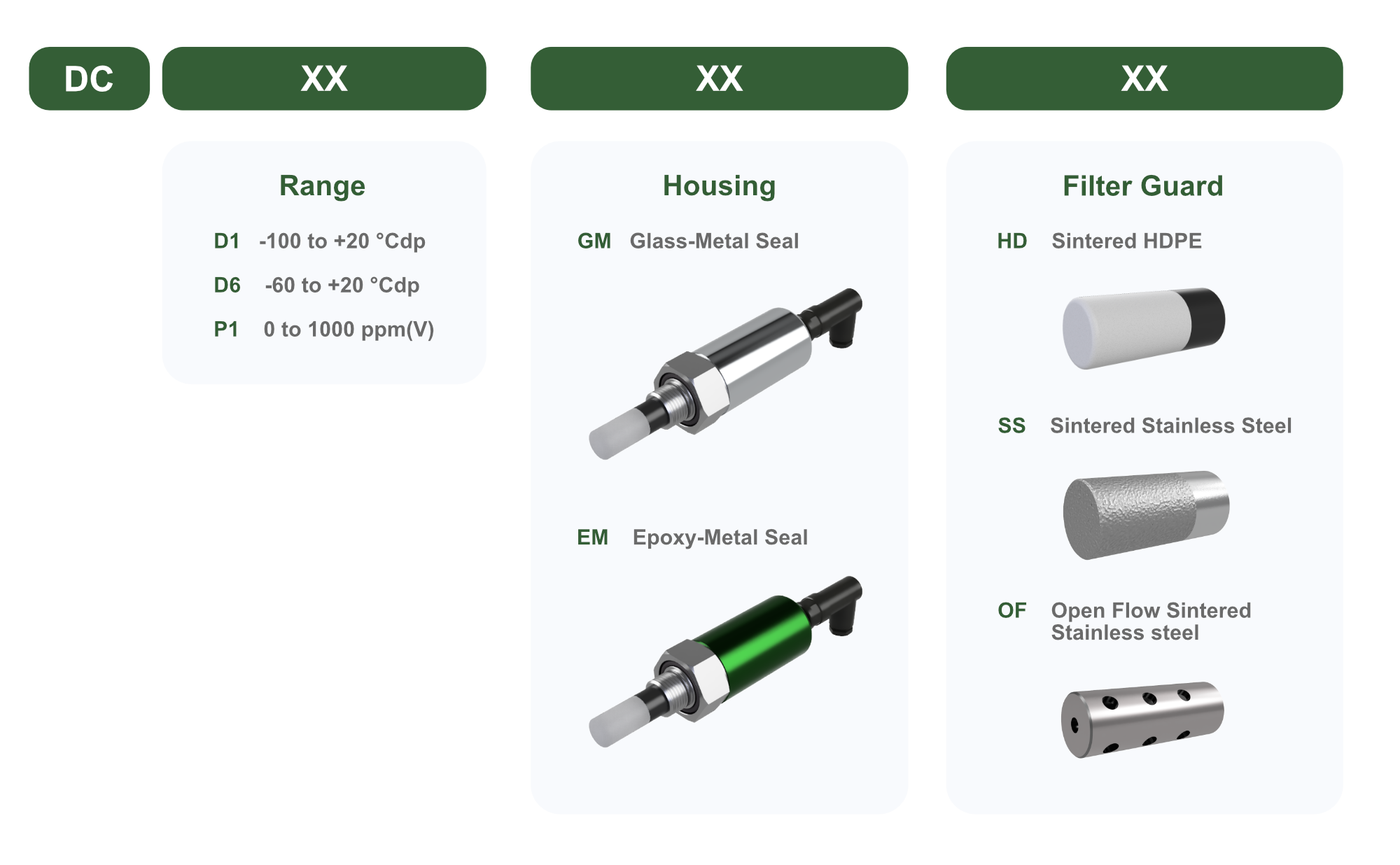
Available accesories
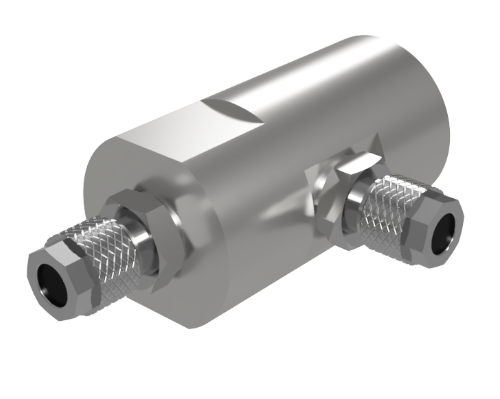
DEWCom Sensor Block
Used when the transmitter needs to be installed off-line for measurement, calibration, or specific process setups.
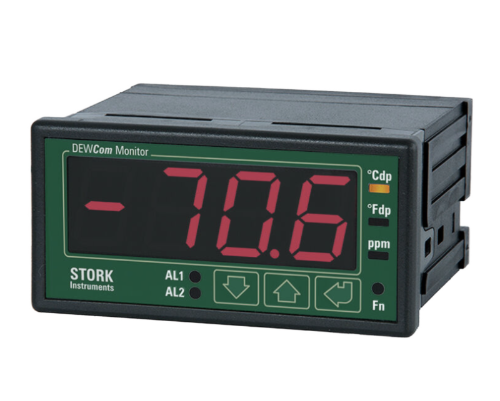
DEWCom Monitor
Customers can hook the transmitter up to the DEWcom Monitor which powers it and provides a digital output display.

DEWCom thread adapters
For applications where the standard DEWCom 5/8”-18 UNF process connection thread isn’t suitable, two thread adapters are available for connecting to G1/2” or G3/4” female threads.
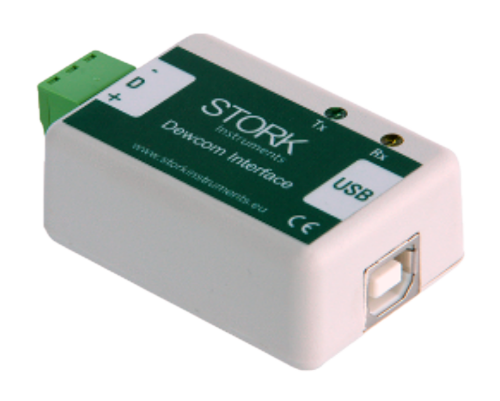
DEWCom Interface
The DEWCom transmitter comes pre-configured from the factory. For users who need to customize the transmitter settings on-site, the DEWCom interface is available.
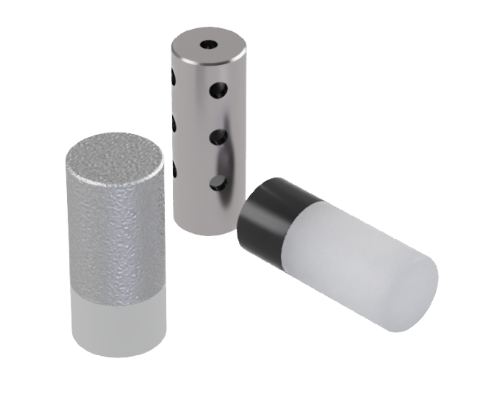
Filter Guard
A protective cover designed specifically for the DEWCom sensor, preventing contamination and ensuring reliable performance in demanding environments.
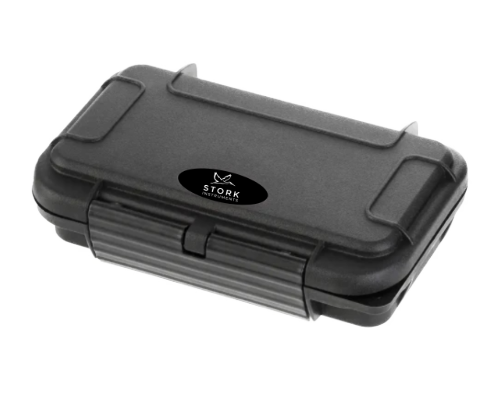
DEWCom Transport Case
A rugged, protective case designed specifically for the DEWCom sensor, ensuring safe transport and storage in harsh conditions.
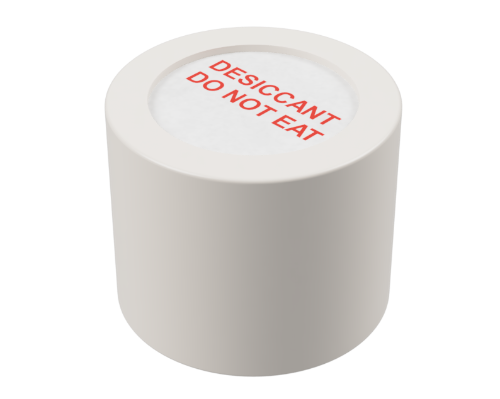
Silica gel capsules
Moisture-absorbing capsules that protect products from humidity, mold, and damage.

O-Rings
Sealing rings designed specifically for the DEWCom sensor, ensuring a secure, leak-proof fit for optimal performance and durability.

